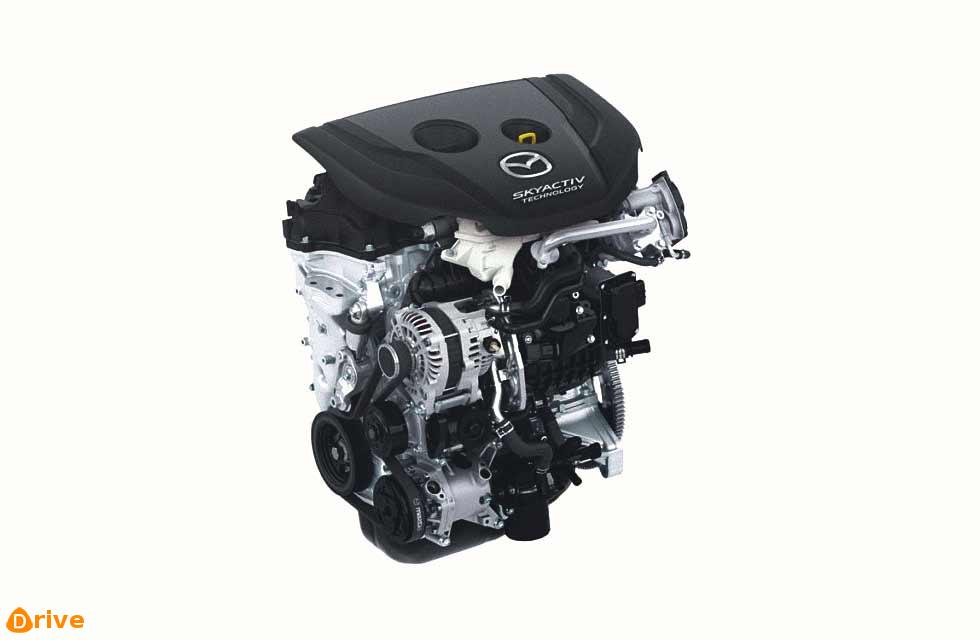It’s great news that Mazda is releasing a new diesel engine to sit alongside its range of SkyActiv-G and forthcoming SkyActiv-X petrol units. An evolution of the 1.5-litre SkyActiv-D engine, the 1.8-litre powerplant uses innovative new technology to make it more efficient, and even to enhance the way it sounds.
The first is rapid multi-stage combustion, using up to six fuel injections in quick succession to provide a continuous burn over a short period. Each Piezo injector has its own pressure sensor and up to 10 separate injection ports, enabling multi-stage injection and faster post-combustion injection. Noise is reduced and economy improved in city driving at low speeds.

The shape of the combustion chamber itself has also been changed to a stepped-egg profile, preventing fire from clinging to the piston and minimising energy loss through unwanted heat transfer. Meanwhile, the flow of coolant around the walls of the combustion chambers has been reduced to cut the warm-up time, improving fuel ignition and making the oil less viscous, reducing resistance and improving real-world fuel-efficiency. The turbocharger’s boost controller has greater precision for improved engine response under light loads and enhanced power delivery.
Mazda is also bucking the trend of most manufacturers by avoiding an emissions-reducing SCR (Selective Catalytic Reduction) system, instead opting for a NOx storage catalyst setup. When the NOx trap in the exhaust is full, a rich post-combustion injection of fuel is used to convert the NOx back into harmless nitrogen. Mazda claims that this is more efficient than SCR at cleaning low-temperature exhaust gases.
To improve how its diesel engine sounds, Mazda has introduced Natural Sound Smoother and Natural Sound Frequency Control technology. The first places a ‘dynamic damper’ in each piston pin to reduce vibration and engine knock, while the latter modulates injection and combustion timing to overlap specific sound frequencies created within the engine and cancel them out.





